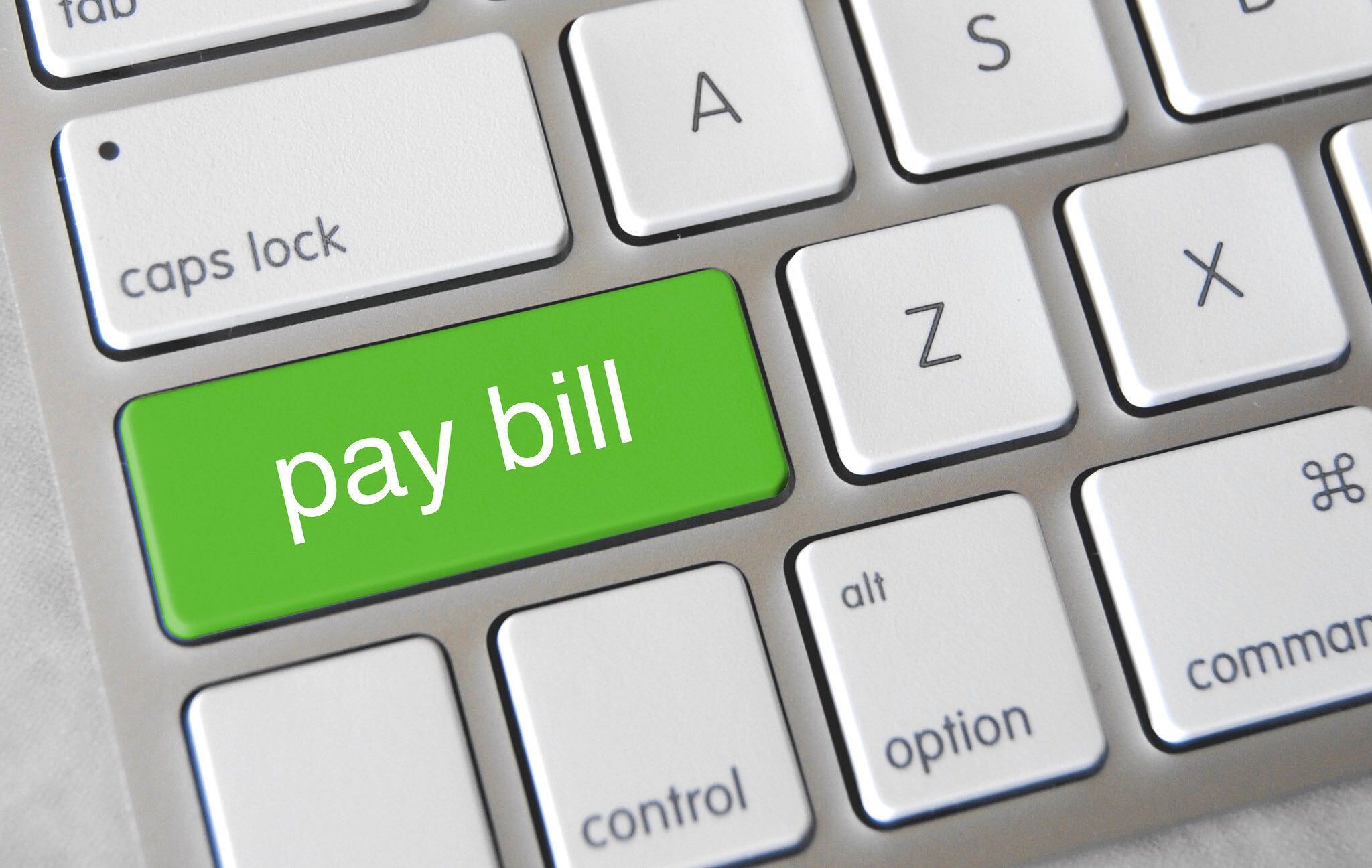If you are still paying off a higher education loan, you may owe your loan servicer a call.
Federal student loan bills resumed Oct. 1 after having been on hold for more than three years, while student loan interest resumed accumulating as of Sept. 1.
Most borrowers have not made a payment on their student debt since March 2020, when education bills and interest accrual were paused as the coronavirus pandemic sparked global economic uncertainty. The payment pause, which was extended eight times over 42 months, saved the average borrower $350 per month, according to the Federal Reserve.
There are around 2.5 million people with federal student loan debt in New York, and they collectively owe over $92 billion, according to the Education Data Initiative.
Before borrowers calculate their loan payment into their budget, there are several new updates to the process to review.
For those concerned that their monthly payments will be too high, the Biden Administration introduced the SAVE Repayment Plan. SAVE is an income-driven repayment plan that cuts monthly payments from 10% of discretionary income to 5%, allowing borrowers to reserve more of their money for basic needs. As long as they make regular payments, interest will not accrue, as shown in this chart.
On this plan, single borrowers who earn less than $15 an hour will not have to make any payments. The Department of Education estimates that the SAVE plan will guarantee over 1 million low-income borrowers a monthly payment of $0.
“I really try to minimize the amount of loans I get,” said Francis Ferreira, a junior at Claremont McKenna College and South Bronx native.
Ferreira has already taken out $9,000 in federal student loans. She previously worked in her school’s financial aid office.
“I really felt bad every time I saw students speaking with the financial officers and realizing that their only option to continue attending the school was through a loan,” she said.
Before Ferreira went to college, her family moved from the South Bronx to Parkchester because of rising rents. Her mother, Ruth, is a single working mother who supports three children. She also has student loan debt, but once repayment begins, there will be little money left to pay her bill.
“It’s not enough to pay back a loan within a few years,” Ferreira said.
A Department of Consumer Affairs report revealed that Bronx borrowers’ balances represent 43 percent of their median income, compared to 32 percent for New York City overall. The median household income in Bronx Community Districts One and Two is $32,010, according to the Furman Center for Real Estate and Urban Policy.
Students of color carry more student debt and take longer to pay it off than their white counterparts, and default rates are over four times higher in majority-minority neighborhoods than in majority-white neighborhoods, according to the Student Borrower Protection Center.
“The disparity is dramatic,” said Leslie King, director of financial aid at Hostos Community College. King is concerned that Black and Latinx borrowers, who make up the majority of populations he serves, are not prepared to restart monthly payments.
“Our borrowers need more guidance,” King said. “Financial awareness and health are not just for getting through the semester, but for life. I think that’s where the real crisis is,” he said.
Factors like non-completion of a higher education degree, part-time school attendance and low income make Bronx borrowers more vulnerable to default on their loan payments, according to a 2020 report by the city’s Department of Worker and Consumer Protection.
The federal Consumer Financial Protection Bureau estimates that one in five borrowers could struggle with resuming payments.
To protect borrowers from punishment, the Biden administration is implementing a 12-month “on ramp” to repayment, during which borrowers who miss their monthly payments will not be thrown into the collection process, thus protecting them from facing damage to their credit and retirement benefits.
Last week, Biden canceled an additional $9 billion in student loan debt for 125,000 people who qualified under existing programs.
Biden announced his initial plan to cancel up to $20,000 in student loan debt back in August 2022, but the Supreme Court struck it down in July. The Biden administration is pursuing a new way to deliver the relief under the Higher Education Act, but that process could take a year or longer.
In the meantime, if you have outstanding student loan debt, you can go to StudentAid.gov to verify who your loan servicer is, explore which repayment plans you may qualify for, and pay your bill.

